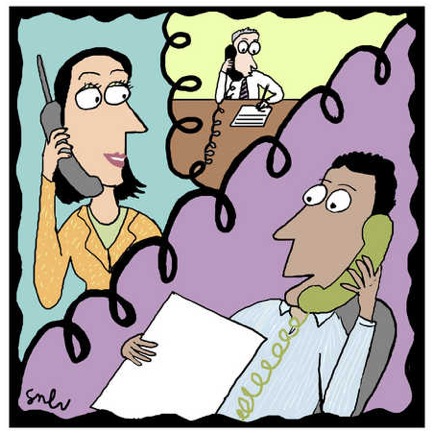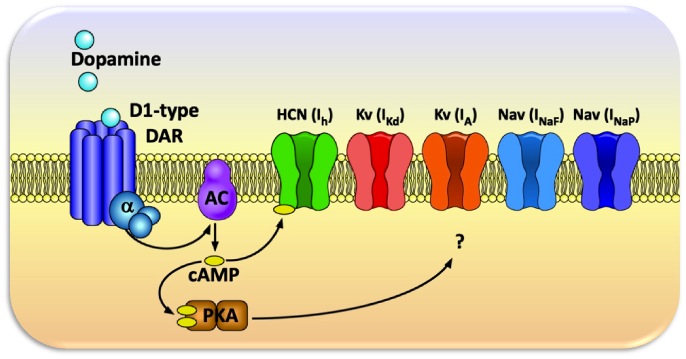Neurotransmission: Now, Soon, L.A.T.E.R., or Never?
Lobsters, Axons, Telephones, and Extracellular Recordings – A look at how neuronal signals can be transmitted differently under certain pharmacological conditions.

Neuronal signals are normally transmitted from cell bodies, or somas, to terminals via extensions called axons. At these terminals, connections called synapses are made with other neurons whereby the signals are released via the aide of chemical messengers called neurotransmitters. Many still believe that axons are reliable conductors of these signals.
However, with several years’ worth of experiments, scientists have questioned the fidelity of axonal conduction. They’ve realized that axons do not work like telephones. While telephones and axons may both have buttons – at the terminals in axons – only telephones faithfully conduct signals. And only telephones ring aloud and send messages to voicemail…
In any case, neuronal signals, unlike telephone signals, can change along their paths. Moreover, the pre-synaptic neuron may communicate a different message from the one originally sent from the soma to the synapse with the post-synaptic cell. Researchers at the lab I’ve been working at this summer, the Whitney Laboratory for Marine Bioscience, have focused on the role of neuromodulation in signal transmission along axons, particularly by the well-known neurotransmitter – dopamine.

Top Left, Homarus americanus. Bottom Left, Nervous system pinned down for recordings. Right, Recordings in vivo and in vitro.
Dissecting out the stomatogastric nervous system of the Homarus americanus, or Maine Lobster, Dirk Bucher, Aleksander Ballo, and colleagues have been able to take extracellular – and intracellular – recordings from axons. Using these recordings, they focus on how signal transmission differs under control and pharmacologically affected conditions.
Bucher and Ballo are some of the first researchers to directly show that neuromodulators affect activation properties of axonal voltage-gated ion channels – particularly looking at HCN channels. First off, these channels carry the hyperpolarization-activated inward current, which brings positive ions into the axon and initiates depolarization. Secondly, researchers including Ballo and Bucher suggest these channels influence neuronal communication by affecting the timing and efficacy of spikes and bursts. Further, they suggest the channels balance positive and negative currents to improve fidelity when there is repetitive spiking; this type of spiking can occur through many central pattern generators, such as those involved in rhythmic behaviors like walking, chewing, and swimming.
Spikes can also be initiated peripherally by dopamine administration. Ballo and Bucher offer that dopamine acts through D1-type receptors to increase cAMP which then works to modulate HCN channels.

Second messenger mechanism by which dopamine increases cAMP to influence HCN channels and corresponding currents
Often this series of events increases axonal conductance. When the current at these HCN channels is blocked, dopamine has no effect, suggesting also its importance in fidelity of axonal conduction.
Hopefully with more research into how signals can be altered after production at the soma, we can better understand how rhythmic behaviors are initiated, maintained, and restored.
Source: Dopamine Modulates IH in a Motor Axon – Ballo, Bucher, et. al, The Journal of Neuroscience